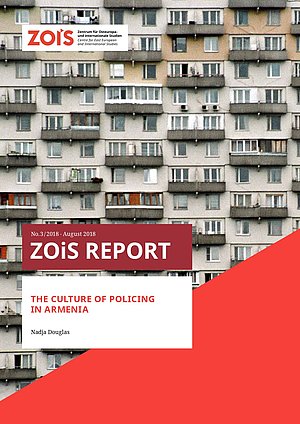The culture of policing in Armenia
May 2018, anti-government protests mobilised thousands of people in the Armenian capital, Yerevan, and put law enforcement, the rule of law, and the overall political system in the country to the test. The most recent protest wave was directed against former president Serzh Sargsyan, who had tried to prolong his political career by moving from the post of president to that of prime minister. In line with Armenia’s transition from a presidential to a parliamentary system, he would have remained the central figure in Armenian politics. To the surprise of many, Sargsyan stepped down after eleven days of protests, having to admit that he had made a mistake. He had underestimated the capacity of Armenian society to hold its political elites accountable, while trusting in the control exerted by state structures. How have state-society relations evolved over time to make these events possible and what role did state power structures play? Is there a chance for the new government led by Nikol Pashinyan to restore confidence in and reform the law enforcement sector?
Empirical research on the relationship between the police and protesters is rare, especially in the post-Soviet region. Due to the difficulty of accessing primary data from the Armenian police and other state authorities, this report draws mainly on qualitative interviews with local activists affected by police arbitrariness, and with observers and representatives of civic organisations, intergovernmental organisations, the media, the expert community, and lawyer associations that deal with police and law enforcement structures.
Download

Dieses Werk ist lizenziert unter einer Creative Commons Namensnennung-Nicht kommerziell 4.0 International Lizenz.
